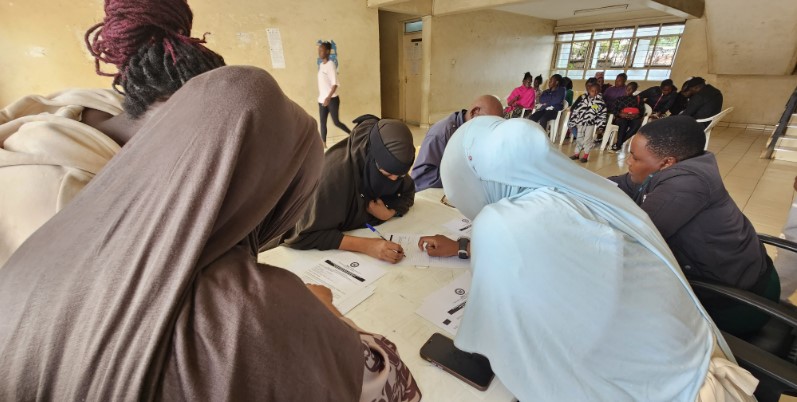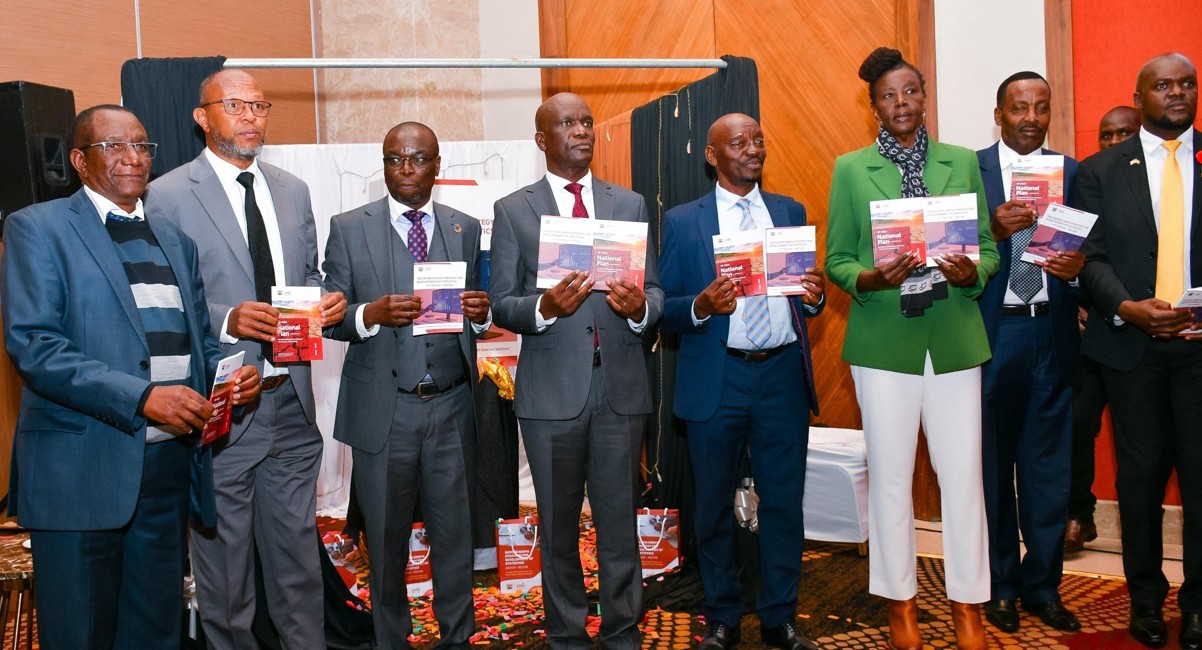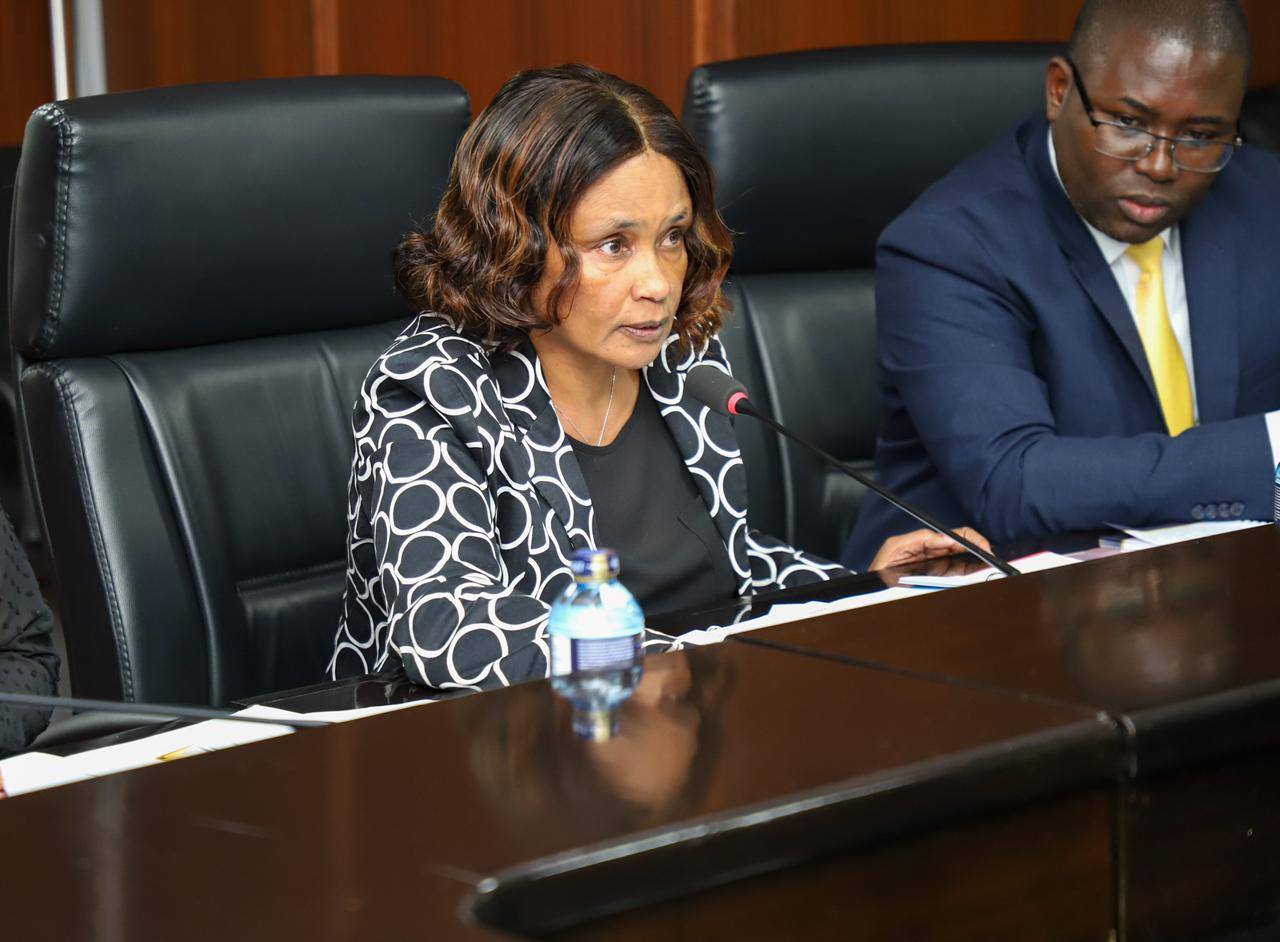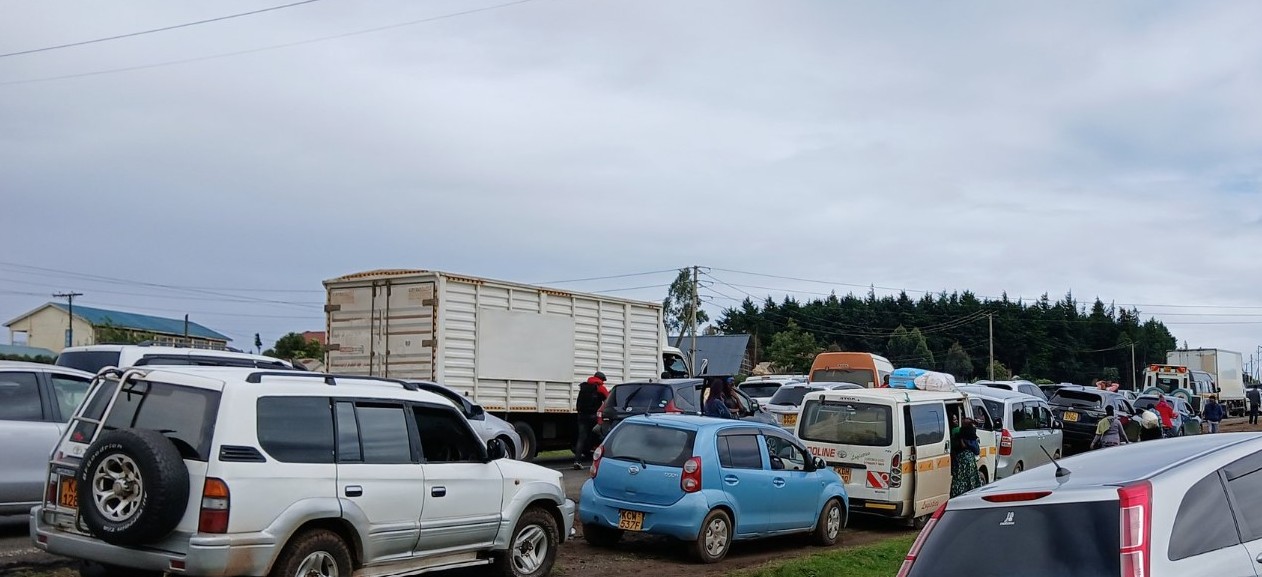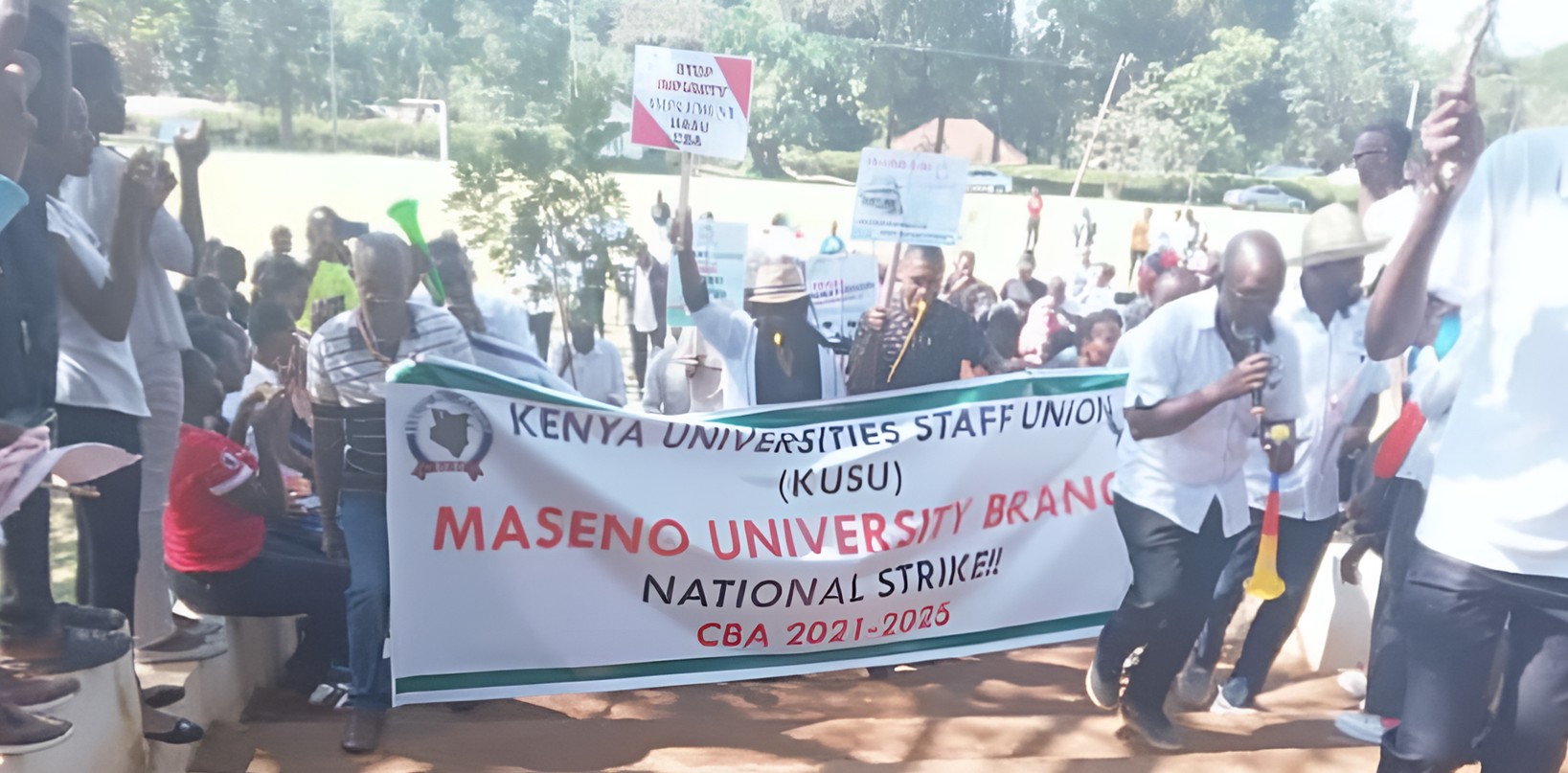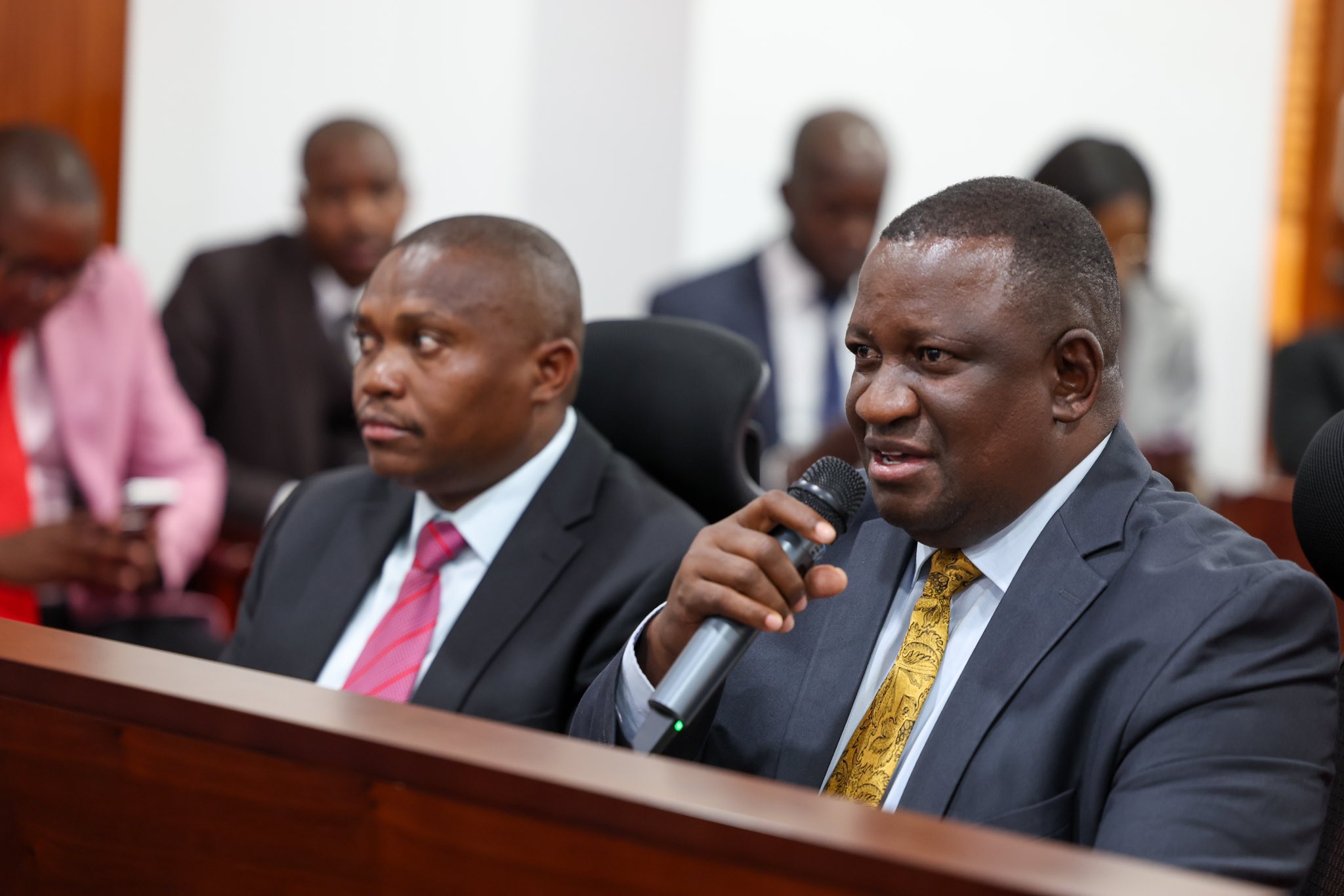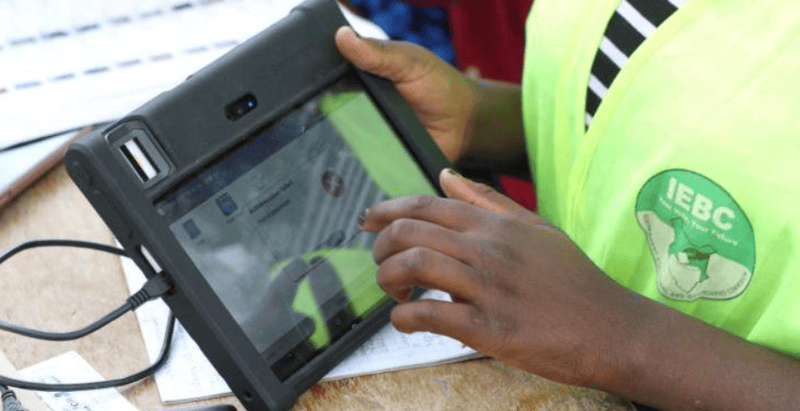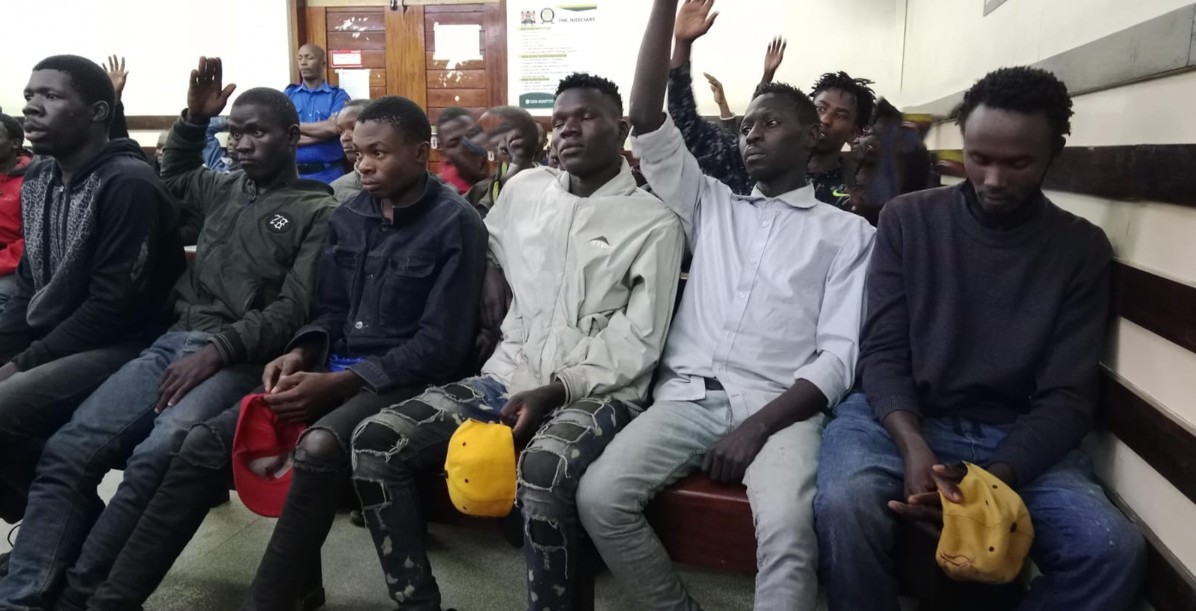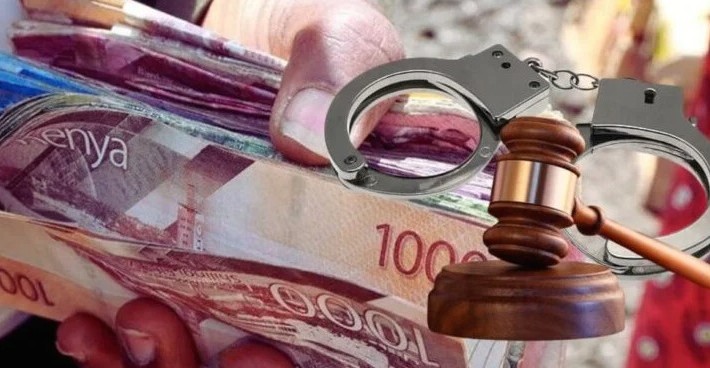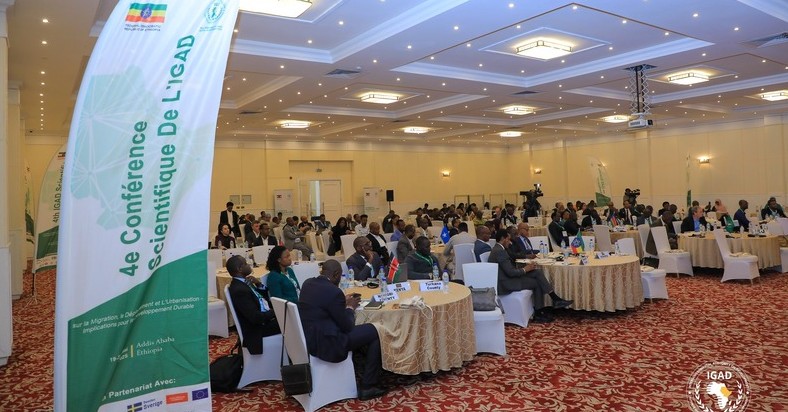Journalist’s memoir reveals story of Somalia’s resilience
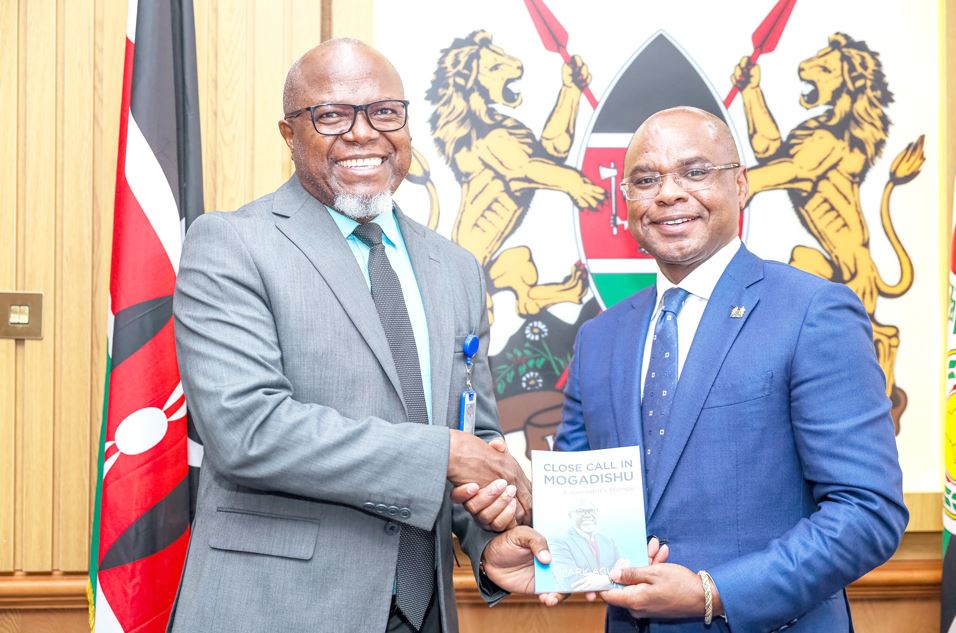
Mogadishu has been undergoing an economic renaissance few would have imagined five years ago.
Veteran Journalist Mark Agutu could have written about many thrilling encounters in his over two decades in the newsroom. But his experience in the Somali capital Mogadishu stands out vividly for him. It captures, in his view, the resilience of a city that has faced adversities in the wake of conflicts and power struggles.
A chat with The Eastleigh Voice revealed the journalist’s vivid memories of how, after almost a quarter century since the fall of former president Mohammed Siad Barre's regime and the collapse of the national government, Somalia has rapidly risen from the ashes.
More To Read
- Somalia at 65: What’s needed to address its dismal social development indicators
- World Bank urges Somalia to strengthen revenue efforts to support economic stability
- Somali Government terminates MGS Soft's tax collection deal
- Somalia PM Hamza Barre launches five-year National Transformation Plan
- How to make mayonnaise ranch dressing with a Kenyan twist
- Egypt and Somalia sign strategic partnership agreement
Agutu’s book, Close call in Mogadishu, paints a picture of the resilience of the Somali people. He writes about reporting on the dynamics of the peace negotiations that led to the creation of the transitional government.
In his own words, Wednesday, May 4, 2005, had all the hallmarks of a wonderful day. The sun was up by 6 am, peeking cheerfully over the Indian Ocean on the horizon, its rays kicking up beautiful sparkles in the watery expanse.
This was meant to be a memorable day. The day new Prime Minister Ali Gedi would, in person, address the Somali people at a rally at the Mogadishu National Stadium.
Agutu had arrived in the disturbed city a few days earlier for the coverage. The brief from his editors was clear. He was to assess the suitability of Mogadishu as the possible seat of the Somalia Transitional Federal Government (TFG) led by President Abdullahi Yusuf Ahmed, which had relocated from Nairobi.
This was because Gedi had spent the days following his arrival on several tours across the country and city, meeting and negotiating with warlords, determined to win their support for the new Somali government to gain stability.
“When the rally finally got going under a relentless midday sun, it quickly turned into a festival, a colourful jamboree. The stadium heaved and pulsated with excitement, song and dance as the jubilant Somalis celebrated what they hoped was the arrival of a new dawn in their country, the dawn of peace and stability,” narrates Agutu.
Just as Gedi was giving his speech, an explosion roared through the stadium, bringing the event to a devastating halt. Finally, when the dust settled, several people lay dead, with body parts dismembered by the explosion, as scores of others writhed on the ground in pain. Gedi emerged unscathed and he was whisked off to safety.
This unnerving event, the history that preceded it, the aftermath, and snippets of life in the Somali capital, are the subjects of Agutu’s vivid narration.
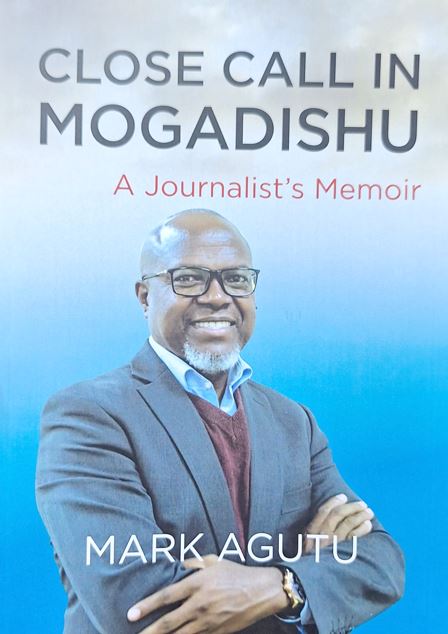 The cover of Mark Agutu's book "Close Call in Mogadishu".
The cover of Mark Agutu's book "Close Call in Mogadishu".
The memories of the event are held dearly by the journalist for he has since had an interest in following how Somalia has strived to solve its internal challenges to ward off the failed state tag that characterised it before.
“I was a court reporter for the Daily Nation but had been asked by my news editor to be part of a group of journalists to accompany leaders of Somalia’s new government on their first trip to Mogadishu, and as someone conversant with Somalia’s history, I was prepared to watch how events would unfold,” says Agutu.
In the book, he describes fears about his safety, some triggered by his consumption of popular culture, but also cites his excitement.
Historical events
Agutu outlines in detail the historical events that led up to the transitional government’s homecoming. The negotiations in Nairobi and elsewhere between warring parties were complicated and hadn’t been easy, and were frequently interrupted by clashes back in Somalia.
According to him, it wasn’t easy either for some of the countries that worked to help Somalia regain stability. The most notable episode came in October 1993 and involved American special forces, who had come to Mogadishu to arrest warlord Mohamed Aidid and his lieutenants.
In the shootout that occurred, a US military chopper was shot down and dozens of American soldiers and hundreds of Somalis were killed. The incident inspired the writing of the non-fiction book Black Hawk Down and the 2001 film of the same name.
Kenya was affected too, though not on the same scale.
Months earlier, in July, the Americans had bombed Aidid’s headquarters using helicopters. Outraged mobs confronted international journalists who had gone to the scene of the attack and killed four, including two Kenyans.
The devastating events of 1993 were a major setback for Somalia and the countries working to help it, and the author outlines the peace efforts the international community made in the years that followed. Kenya was among the countries deeply involved in these efforts.
The writer also provides glimpses of one iconic building in Mogadishu that still stood as a symbol of not just power but the resilience of the Somali people. This is Villa Somalia, the complex overlooking the Indian Ocean that started life in 1936 as the residence of governors in Italian Somaliland.
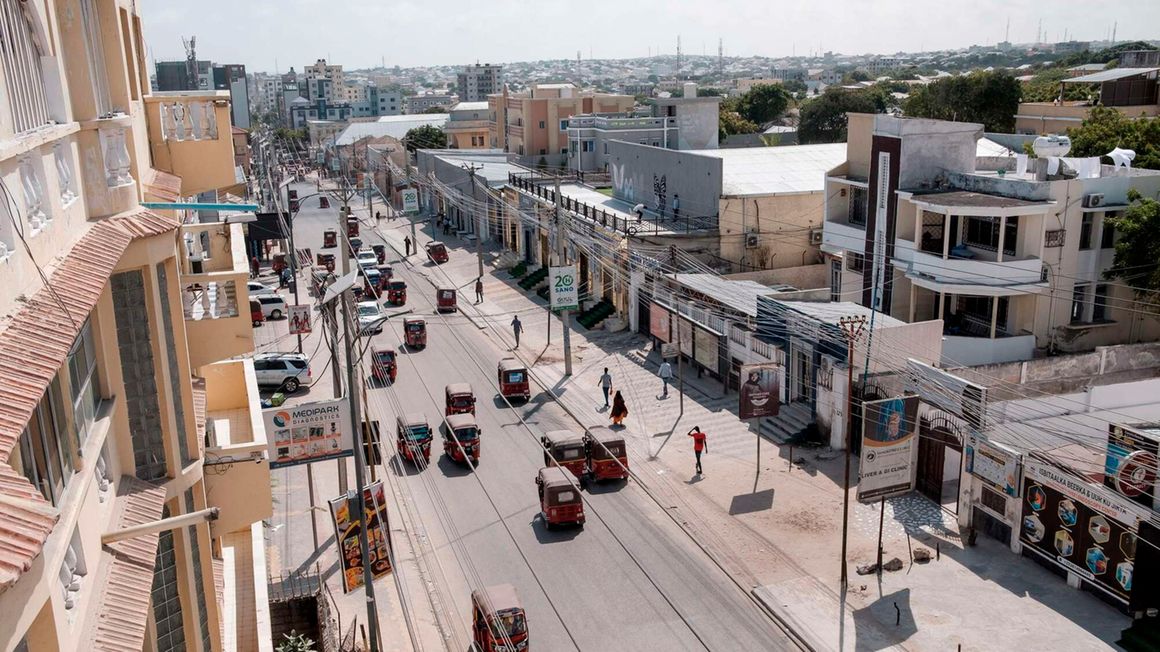 A view from a hotel roof top of downtown Mogadishu on November 10, 2022. (Photo: AFP)
A view from a hotel roof top of downtown Mogadishu on November 10, 2022. (Photo: AFP)
For the warlords, it was a status symbol, and many battles were fought among various factions for its control in the years that followed the overthrow of Siad Barre.
In the period he spent in Mogadishu, Agutu found ordinary Somalis “a friendly, welcoming lot and even their language is interesting to learn”.
The book gives a timely reading because it tells the story of resilience.
“The fall of Siad Barre triggered a bloody struggle for control of Mogadishu among clan-based militias that would go on for years. It changed my life in so many ways: The staccato bursts of small-arms fire became the aural backdrop for many residents,” Agutu says.
Once renowned for the wide boulevards and Italianate colonial architecture that made it one of Africa’s most beautiful capitals, Mogadishu was divided and shared among rival warlords. Government-built schools and hospitals became prime targets for looters bent on destroying all remaining vestiges of Siad Barre’s 22-year rule.
Today, a new Mogadishu is rising from Somalia’s turbulent past. From the time that Al-Shabaab militants pulled out of the city in August 2011, the Somali capital has been undergoing an economic renaissance that few would have conceived of only five years ago.
A vibrant nightlife has returned to the streets of the city’s once-fashionable Shingaani district, and families and young couples have reclaimed Lido Beach as their weekend playground. A peace garden in the heart of Mogadishu boasts cafés, two football fields, and park benches where Somalis can read local newspapers or exchange the latest political gossip.
Top Stories Today
